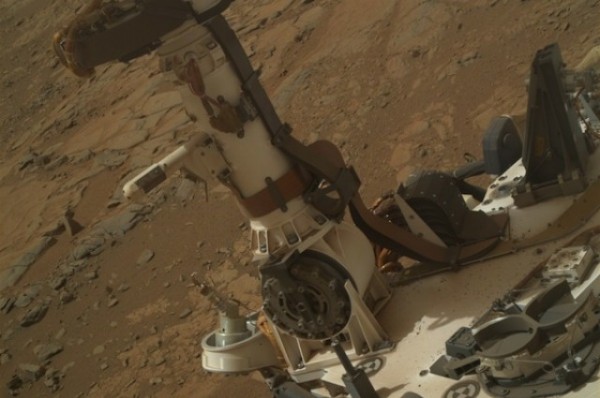
photo credit: Mast and rover deck where the Rover Environmental Monitoring Station (REMS) relative-humidity, ground temperature, and UV sensors are located. You can see one of the REMS booms extending out to the left / NASA / JPL-Caltech / MSSS
Cold, desolate conditions on Mars make it difficult to support liquid water, but thanks to some natural anti-freeze, a thin briny film may be forming in the soil near the equator at night. Although, the liquid evaporates just after sunrise. The findings, based on data from the Curiosity rover and published in Nature Geoscience this week, suggest that an active exchange of water is happening between the atmosphere and the surface of Mars—but the conditions are too cold for the possibility of microbes.
While traversing Gale Crater near the Mars equator, Curiosity has been taking round-the-clock, year-round measurements with its Rover Environmental Monitoring Station (pictured above). Now, a large international team led by Javier Martín-Torres from Luleå University of Technology has analyzed a full Martian year’s worth of data on atmospheric humidity and temperature. And while they can’t detect the liquid brines directly, “what we see are the conditions for the formation of brines on the surface,” Martin-Torres tells BBC.
Perchlorate is a type of salt that lowers the freezing temperature of water; it also pulls water molecules from the atmosphere to form a corrosive liquid brine. “These perchlorate salts have a property called deliquescence,” Martin-Torres adds. “They take the water vapor from the atmosphere and absorb it to produce the brines.” According to these new measurements, liquid brines could be forming in the uppermost soils of the crater during the Martian night, and then they’d evaporate as the ground and air begin to warm up after sunrise. Here’s a schematic of this hypothetical day-and-night water cycle:
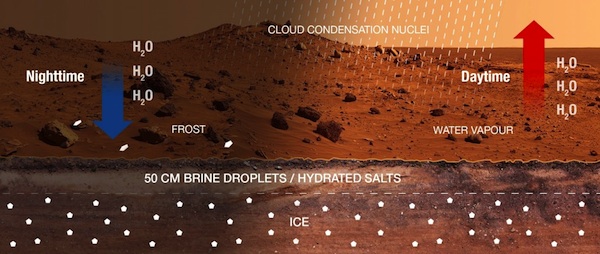
Relative humidity depends on the temperature of the air and the amount of water vapor in it, and Curiosity’s measurements have ranged from 5 percent during summer afternoons to 100 percent in the nighttime during fall and winter. Pores in the soil interact with air just above the ground, and when the relative humidity gets above a certain level, the salts absorb enough water molecules to become dissolved in liquid. The subsurface water content estimated using Curiosity data is consistent with the existence of water molecules absorbed by perchlorates in soils.
Perchlorate has previously been identified in Martian soil, and it’s already been proposed as a mechanism for transient liquid brines, but at higher latitudes—where colder temps and more water vapor can lead to higher humidity more often. “Gale Crater is one of the least likely places on Mars to have conditions for brines to form, compared to sites at higher latitudes or with more shading,” study co-author Alfred McEwen of the University of Arizona, Tucson, says in a JPL release. “So if brines can exist there, that strengthens the case they could form and persist even longer at many other locations.”
However, the researchers found that the ground temperature in Gale Crater is too low to support terrestrial microorganisms and life as we know it.
Images: NASA/JPL-Caltech/MSSS (top), Martín-Torres and Zorzano (middle)

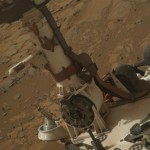
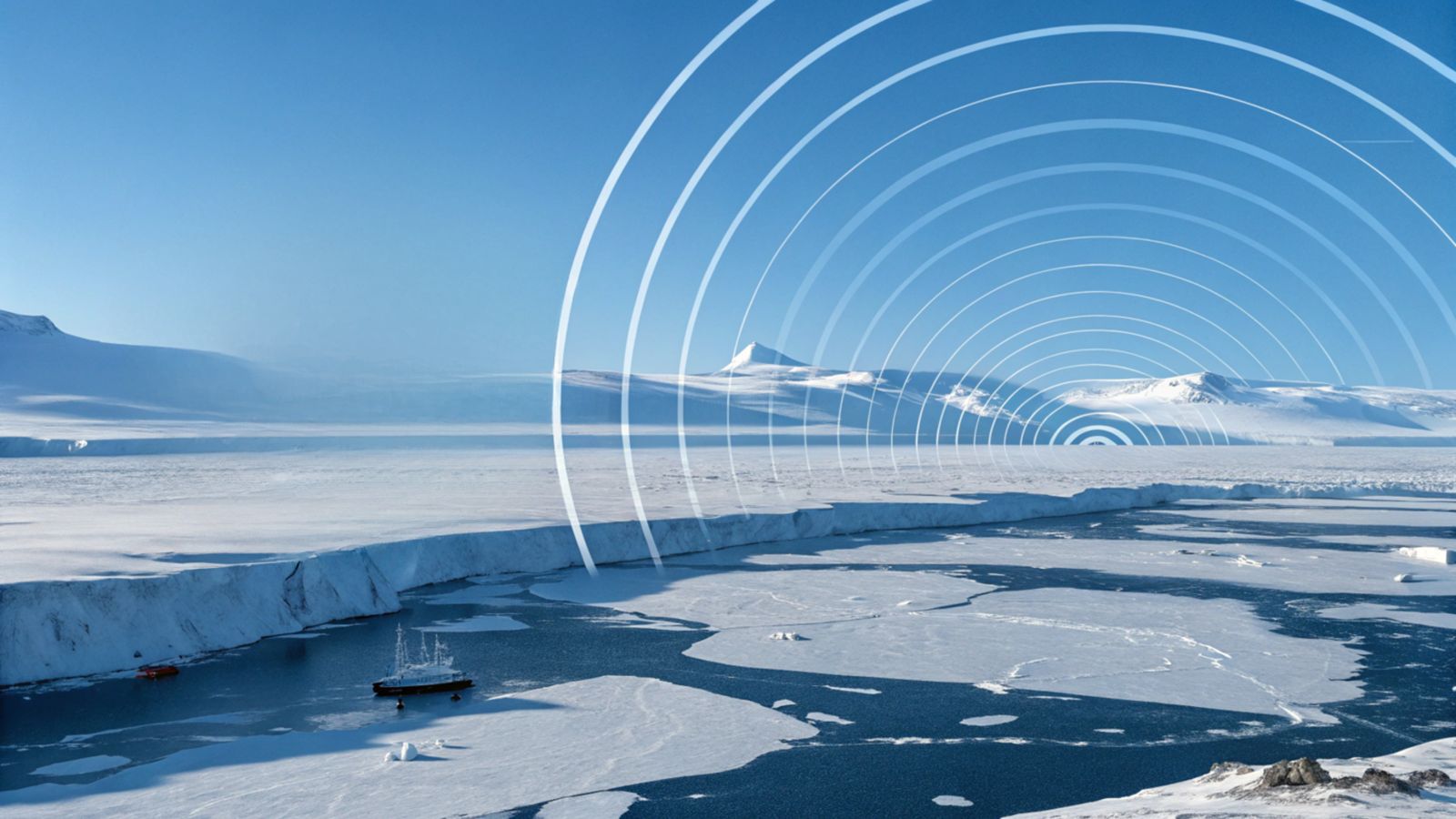
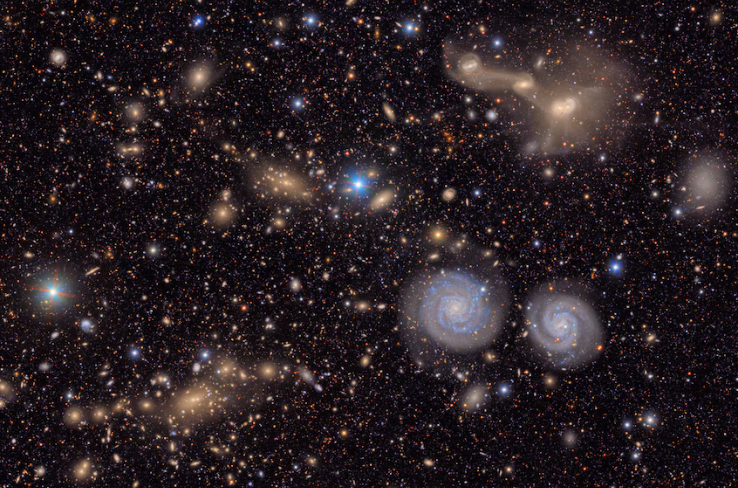
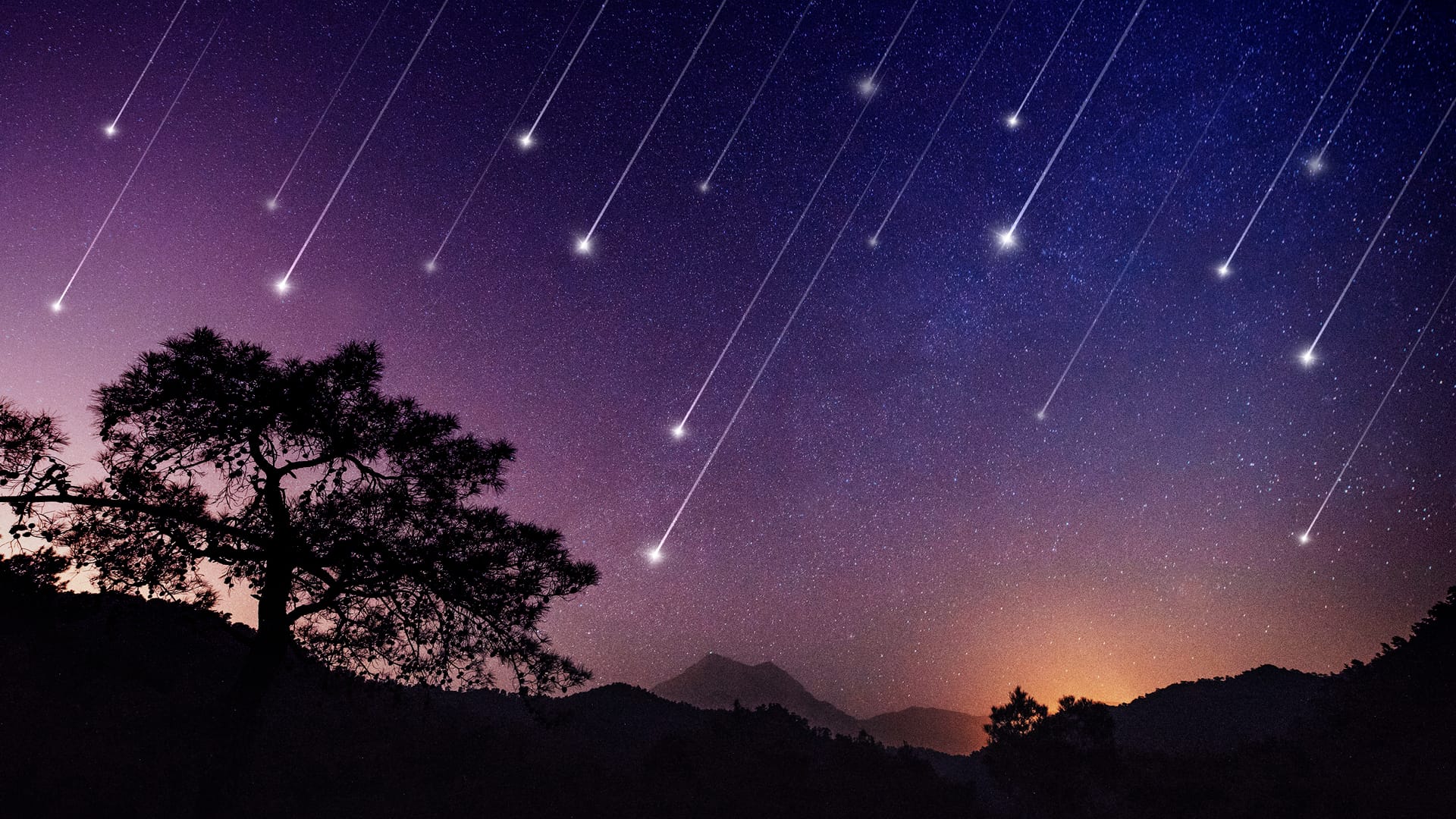
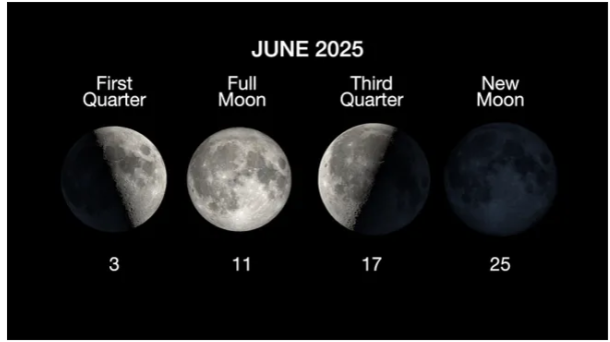


 Photographer Finds Locations Of 1960s Postcards To See How They Look Today, And The Difference Is Unbelievable
Photographer Finds Locations Of 1960s Postcards To See How They Look Today, And The Difference Is Unbelievable  Hij zet 3 IKEA kastjes tegen elkaar aan en maakt dit voor zijn vrouw…Wat een gaaf resultaat!!
Hij zet 3 IKEA kastjes tegen elkaar aan en maakt dit voor zijn vrouw…Wat een gaaf resultaat!!  Scientists Discover 512-Year-Old Shark, Which Would Be The Oldest Living Vertebrate On The Planet
Scientists Discover 512-Year-Old Shark, Which Would Be The Oldest Living Vertebrate On The Planet  Hus til salg er kun 22 kvadratmeter – men vent til du ser det indvendigt
Hus til salg er kun 22 kvadratmeter – men vent til du ser det indvendigt  Superknepet – så blir snuskiga ugnsformen som ny igen!
Superknepet – så blir snuskiga ugnsformen som ny igen!  Meteorite That Recently Fell in Somalia Turns Out to Contain Two Minerals Never Before Seen on Earth
Meteorite That Recently Fell in Somalia Turns Out to Contain Two Minerals Never Before Seen on Earth  Nearly Frozen Waves Captured On Camera By Nantucket Photographer
Nearly Frozen Waves Captured On Camera By Nantucket Photographer  It’s Official: Astronomers Have Discovered another Earth
It’s Official: Astronomers Have Discovered another Earth 